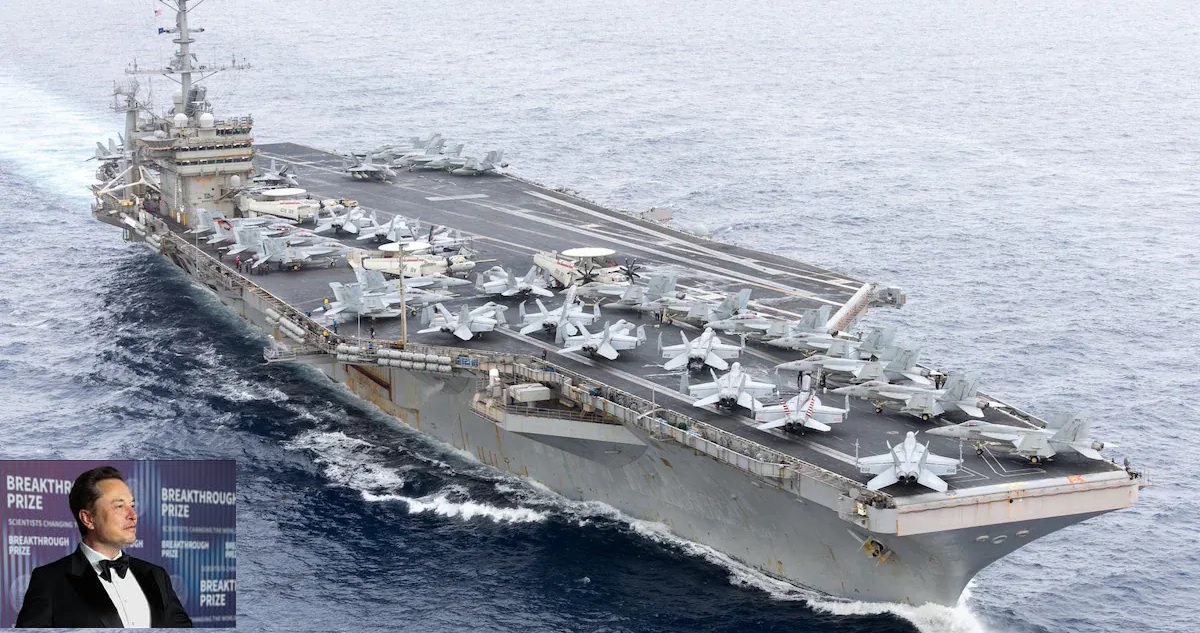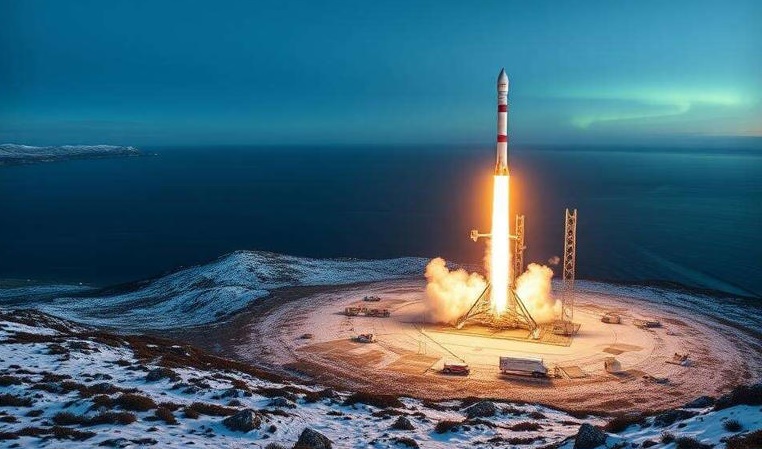Germany Unveils Advanced Leopard 2 Tank Equipped With Trophy Active Protection System

Germany has showcased a major leap in tank defense technology with the introduction of the Leopard 2 main battle tank outfitted with the Trophy Active Protection System (APS). This highly anticipated upgrade, revealed last week, marks a significant advancement in the German Army’s armored capabilities. The unveiling follows an agreement established in 2020 between Germany and Israel, aiming to enhance the survivability of 17 Leopard 2 A7A1 tanks at an estimated cost of around 40 million euros ($43 million), which also covers associated ammunition.
This revamped Leopard 2 configuration is set to bolster Germany’s 203rd Armored Battalion, which will be stationed as part of a German combat brigade in Lithuania. The tanks will officially enter service in 2025, acting as a formidable yet temporary measure before the arrival of the more sophisticated Leopard 2A8, expected to feature a lighter and potentially more advanced Trophy APS. This strategic deployment is part of broader NATO commitments to secure Eastern Europe and offer a robust counterbalance to regional threats.
The Trophy APS itself is an Israeli innovation developed by Rafael Advanced Defense Systems and has been field-tested extensively. It provides unparalleled protection for tanks and armored vehicles against an array of modern threats, including anti-tank guided missiles (ATGMs), recoilless rifles, rocket-propelled grenades (RPGs), and high-explosive anti-tank (HEAT) rounds. At the heart of this system are Active Electronically Scanned Array (AESA) radar antennas mounted externally, paired with a sophisticated launcher mechanism. Internally, the system integrates a fire control unit and a power supply, meticulously integrated into the turret and chassis to maintain the tank's overall combat efficiency.
The operational principle of the Trophy APS involves continuous 360-degree radar scanning of the environment. When the system detects an approaching projectile, the fire control unit swiftly classifies the object, evaluating whether it poses a genuine threat. Upon confirmation, the Trophy activates its defensive mechanism, launching a projectile that intercepts and neutralizes the incoming threat at a safe distance from the tank. This rapid-response capability ensures that the crew and vehicle remain shielded from potentially devastating strikes, enhancing both survivability and combat effectiveness.
Trophy's effectiveness is not just theoretical; it has been combat-proven. The system was first deployed by the Israeli Army in 2011, installed on their Merkava main battle tanks and Namer armored personnel carriers. Since then, it has accumulated over 500,000 operational hours, successfully protecting these vehicles in various combat situations. Its reliability has also garnered international attention, leading to its integration into numerous military platforms worldwide, including the U.S. M1 Abrams tanks and the British Army's upcoming Challenger 3.
Beyond its basic functionality, the Trophy APS reflects a broader trend of integrating high-tech defenses into legacy platforms, extending the operational relevance of armored vehicles in increasingly complex battle environments. The technology’s widespread adoption, along with its adaptability to multiple platforms, underscores its status as a global benchmark in active protection systems. As threats to armored units evolve, systems like Trophy are becoming indispensable, reshaping how militaries think about vehicle survivability on the modern battlefield.
Germany’s decision to deploy the Trophy APS on Leopard 2 tanks represents not just a tactical upgrade but a strategic investment in future-proofing its armored forces. With mounting geopolitical tensions and the evolving nature of land warfare, having battle-tested protective systems can provide a crucial edge. As the Leopard 2A8 models are expected to bring even more refined defensive features in the coming years, Germany’s armored fleet stands poised to meet the challenges of future conflicts with enhanced resilience and technological superiority.



